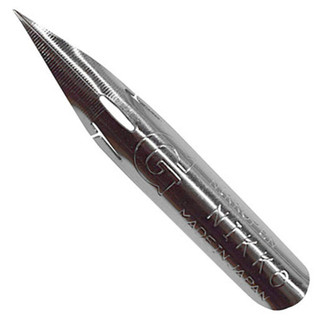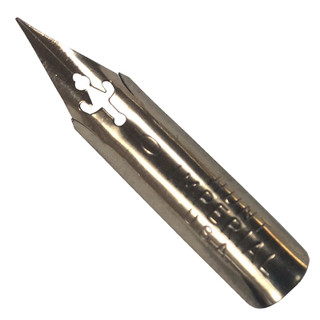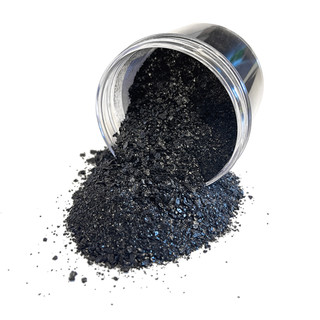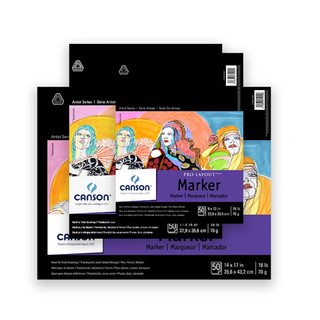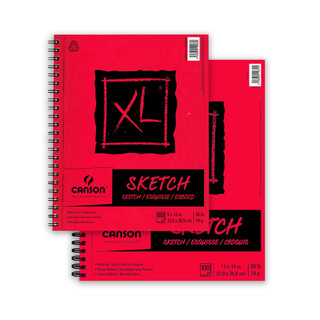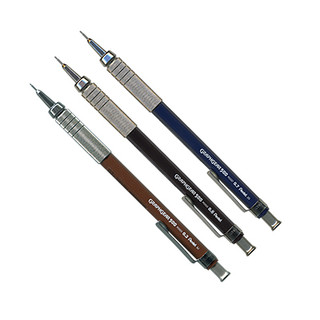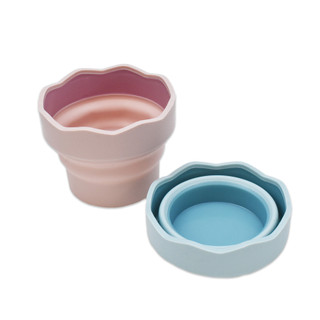John Stevens - Pointed Pen Capitals & Minuscules - May 24, 31; June 7, 2025
This three-part online class will cover the pointed pen, pressure, and release technique for making beautiful Roman Capitals and Roman minuscules.The pointed, flexible pen is well-suited to specific l…
Read MoreDescription
This three-part online class will cover the pointed pen, pressure, and release technique for making beautiful Roman Capitals and Roman minuscules.
The pointed, flexible pen is well-suited to specific lettering work beyond only script. I have used it for classic Roman Capitals and a version of the "Foundational" hand. On particular papers, it is preferable to a broad-edge pen, biting into the surface rather than riding over it. Each tool leaves its mark or unique impression. However, it also requires some slightly different techniques.
I have taught both upper and lowercase in separate classes, but now they are in one, which I assume is good news for those people who mostly use pointed pens. Plus, I am going to add a decorative style, too. I believe that by studying this, you can add a good contrast to your script pieces.
There is a Facebook group page for posting your assignments so that I can check.
Pointed Pen Capitals & Minuscules
John Stevens
May 24, 31, and June 7. (Three Saturdays)
Starting at 2 pm EDT (1.5 hours Zoom live, recorded for later viewing up to 2 months)
Open to all levels, but the knowledge of Roman proportion is essential.
Tuition fee: $110
To Register: https://john-stevens-capitals-uncial-ii.newzenler.com/courses/pointed-pen-capitals-minuscules
Supply List:
1. Pointed pen/Holder
Pointed nibs of your favorite, but a variety should be available to test. Gillot, Hunt, Esterbrook, Leonardt EF Principal, Brause, etc. (N72, N69, N113, N77)
Both straight and oblique pen-holders (H134, H113, H114, H129)
2. Ink/Pigment
(1) Black ink: Higgins Eternal, Moon Palace, Pelikan 4001, or Sumi Stick Ink. Again, there are a variety of inks nowadays, so should be tested. I also prepare my own ground sumi stick ink. (I08, I70, I04, IS11)
(2) Non-black ink: Walnut ink (I145, S449)
(3) Gouache: Windsor & Newton, Nicker, or Holbein (Gold, and colors you like). (WNG1, S1621, HG749)
3. Paper
(1) Smooth, bleed proof white like Canson Pro-Layout Marker Pad, Boris Layout Pad (Borden & Riley #37), or Rhodia notepad (P32, P09, P53)
(2) Rougher, textured paper like Canson Sketch (Croquis) (Optional) (P108)
(3) Black paper like Ingres or Canson Mi-Teintes (PS22, PS61)
4. Words/Texts
Some as short as 2-3 words and a few longer quotes to work on.
5. Others/ Suggestions
(1) Usual Workshop Supplies such as note taking stuff
(2) 2H-4H pencil for ruling lines (I like 0.3 mm mechanical pencil, but 0.5 mm will be Okay. Actually, I use a lead-holder with removable lead (like the old drafting days), as I can get a very sharp point. One cannot be too careful ruling lines, especially for small writing.) (PL21, PL38)
Eraser (E13)
HB-2B (for writing) (PL38)
A small brush for loading pens (mixing brush) (BR43)
Straight edge (S270)
Water container (S1005)
Writing board (optional)
Protractor (S632)
Paper for hand-guard (or glove if that is your preference)
Paper towels
Shop supplies for this class:




